
niacin
The beauty world's superstar, who's been around for quite some time now, is becoming increasingly well-known. Not the only one, but certainly one of the most celebrated. But what is it? And what can it do? Who is it suitable for? And are there skin types it's not so suitable for? We'll introduce you to this powerful ingredient in a little more detail.
What it is:
Niacin is approved in the EU in two forms (compounds): nicotinamide (nicotinamide, niacinamide) and nicotinic acid. It is a water-soluble B vitamin (B3) and is primarily found in foods. The human body can also produce it in the liver from the essential amino acid tryptophan. The amino acid tryptophan, for example, is converted into niacin in the liver.
Nicotinamide is a component of the two coenzymes nicotinamide adenine dinucleotide (NAD) and nicotinamide adenine dinucleotide phosphate (NADP+). Nicotinic acid and nicotinamide have identical vitamin activity but different pharmacological properties.
You will often find derivatives of niacin, such as niacinamide or tocopheryl nicotinate, as active ingredients in cosmetics.
What it is made from:
In nature, niacin, or vitamin B3, is found primarily in mung beans, peanuts, mushrooms, dates, fish, poultry, eggs, milk, and cashews. Niacin is also particularly abundant in fish (e.g., anchovies, tuna, salmon, mackerel) and meat (lean beef, veal, pork, poultry), as well as organ meats. Fun fact: Coffee and bread also contain niacin, which, given my coffee consumption, could explain why I don't look as much older as I might need to, despite frequently sunbathing without sunscreen.

What it can do:
Coenzymes, which influence all reactions in all body cells, contain niacin as an important component. Niacin is involved in energy metabolism and the synthesis and breakdown of carbohydrates, amino acids, and fatty acids. Niacin is needed for our body's cells to divide and send signals for the rest of our (skin/immune/cellular) metabolism.
Niacinamide strengthens the skin barrier through its contribution to the synthesis of lipids and ceramides, which are essential for the skin's barrier function. It regenerates and moisturizes the skin.
According to a 12-week, double-blind, placebo-controlled, left-right randomized clinical trial from 2004, topical (i.e. externally applied) niacinamide visibly reduced yellowing, wrinkling, red spots, and hyperpigmentation of aging facial skin (see Int J Cosmet Sci. 2004 Oct;26(5):231-8. doi: 10.1111/j.1467-2494.2004.00228.x.).
In another randomized, placebo-controlled split-face study from 2008, a significant improvement in the skin condition was observed in 64% of the subjects after using a product containing 4% niacinamide, with a significant difference compared to the control group. The degree of wrinkles in the tested area was reduced significantly more than before use.

According to a 2011 medical report based on various studies, niacinamide has anti-inflammatory properties and is capable of reducing the transmission of melanosomes. It also causes a reduction in pigmentation, inflammatory infiltration, and solar elastosis. Elastosis refers to changes in skin areas due to increased sun exposure. Typical symptoms are pronounced wrinkles and a coarse-looking skin texture. It primarily affects the face, neck, and back of the hands. Elastosis occurs more frequently with age and can also be referred to as actinic, solar, or senile elastosis.
Separate double-blind, placebo-controlled clinical trials were conducted in Japan and the USA with Japanese and Caucasian participants to investigate the effects of 2% niacinamide in different ethnic groups. The results of the studies were that the rate of sebum excretion, or occasional sebum levels, could be significantly reduced after several weeks of use of (only) 2% niacinamide.
Nicotinamide, as a component of nicotinamide adenine dinucleotide, also has a skin cancer preventive effect, which has already been demonstrated in two phase 2 studies (J Invest Dermatol 2012; 132: 1497-50).

This is just a small excerpt from all the worldwide studies on the impressive effects of niacin on the skin. We can therefore conclude that externally applied niacin has the ability
- to reduce the depth of wrinkles
- To relieve skin damage caused by sun exposure
- To reduce melasma or hyperpigmentation of the skin
- to strengthen the skin barrier
- to regulate or reduce the skin’s sebum/talc production
- improve skin moisture content
Another strength of this active ingredient has been demonstrated in all studies to be its good tolerability, even on very sensitive skin.
And because we love niacin as much as many of you do, we're happy about every product that contains this ingredient. Below you'll find a few of our niacin-containing products:
Sources:
1.) “Evaluation of anti-wrinkle effects of a novel cosmetic containing niacinamide”, Department of Dermatology, Kinki University School of Medicine, Osaka and Kyoto University Graduate School of Medicine, Management of Technology in Medical Science, Kyoto, Japan
( https://onlinelibrary.wiley.com/doi/epdf/10.1111/j.1346-8138.2008.00537.x )
2.) “A Double-Blind, Randomized Clinical Trial of Niacinamide 4% versus Hydroquinone 4% in the Treatment of Melasma”, DJ Tobin ( https://www.hindawi.com/journals/drp/2011/379173/ )
3.) “The effect of 2% niacinamide on facial sebum production”, Zoe Diana Draelos 1, Akira Matsubara, Kenneth Smiles
( https://pubmed.ncbi.nlm.nih.gov/16766489/ )
4.) http://hautpflegewissen.de/wirkstoffe/niacinamid-vitamin-b3/
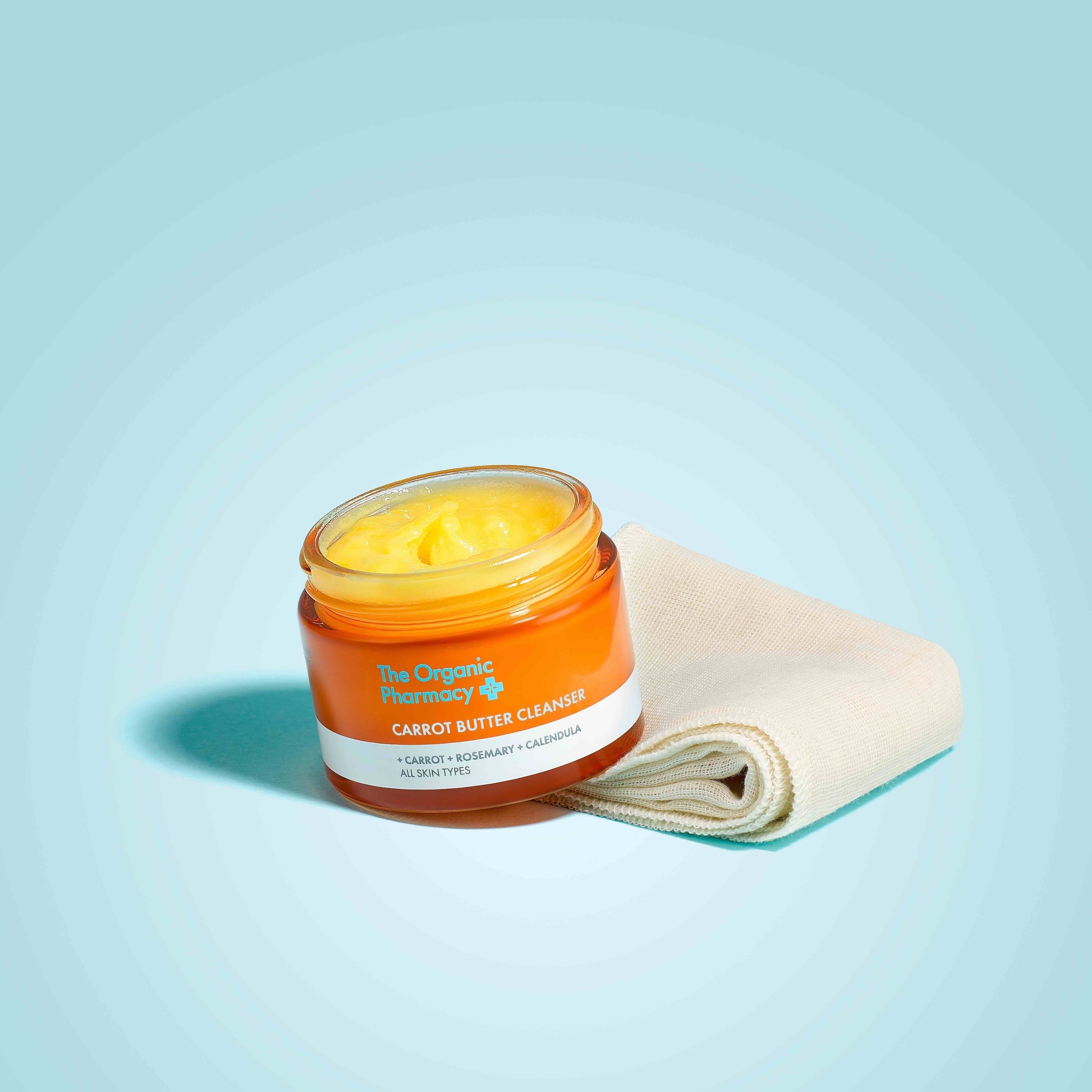
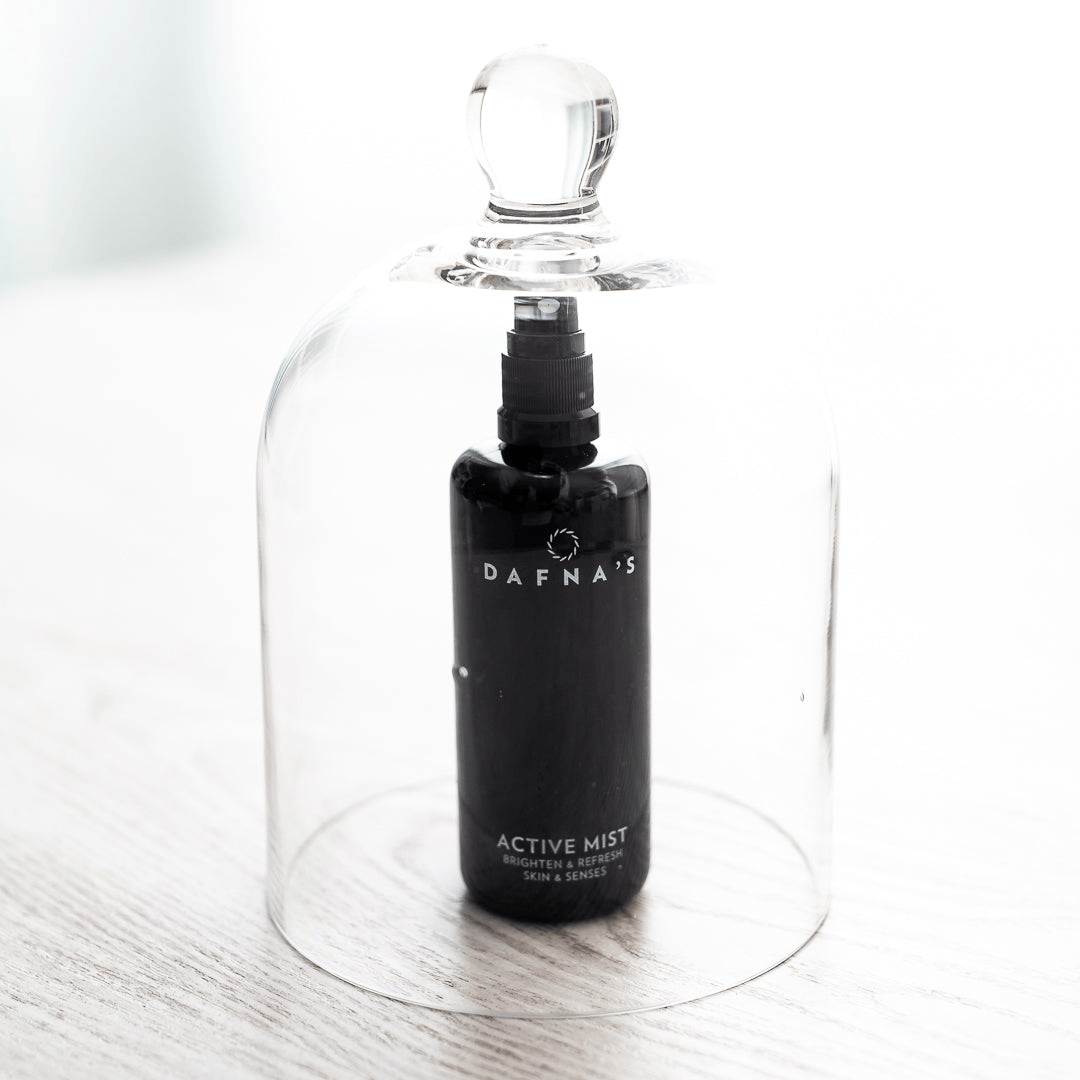
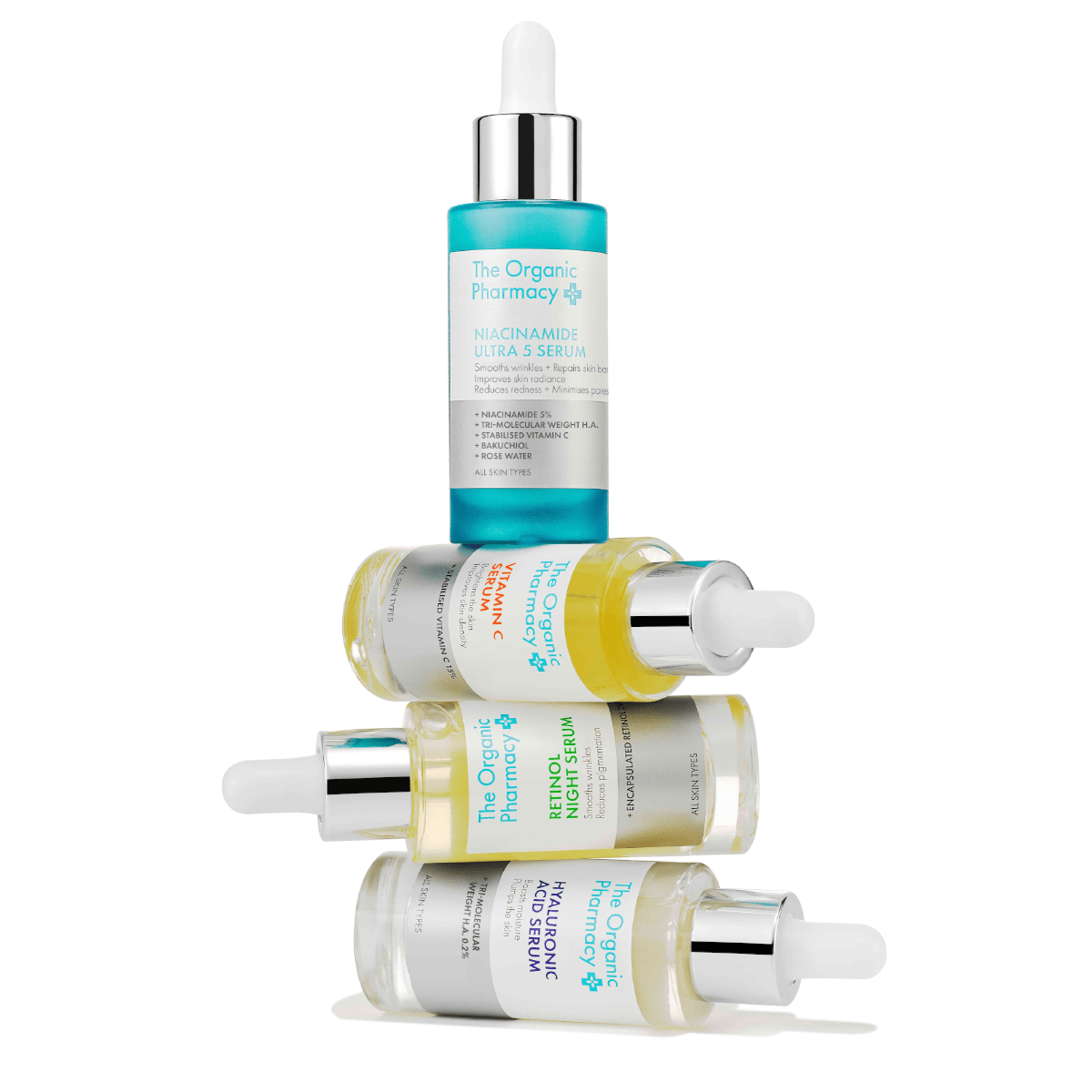
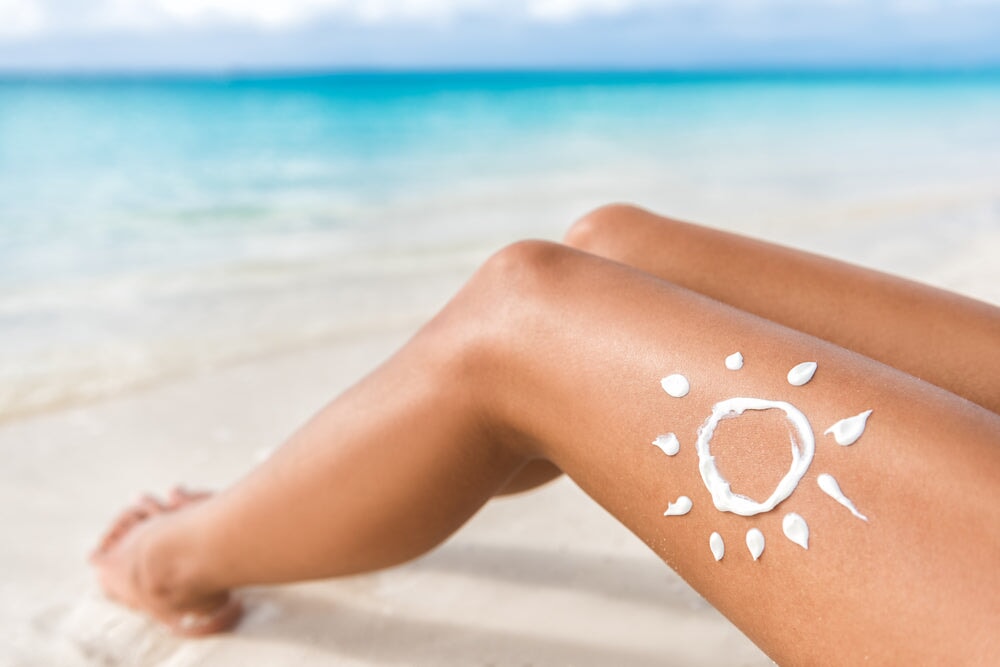
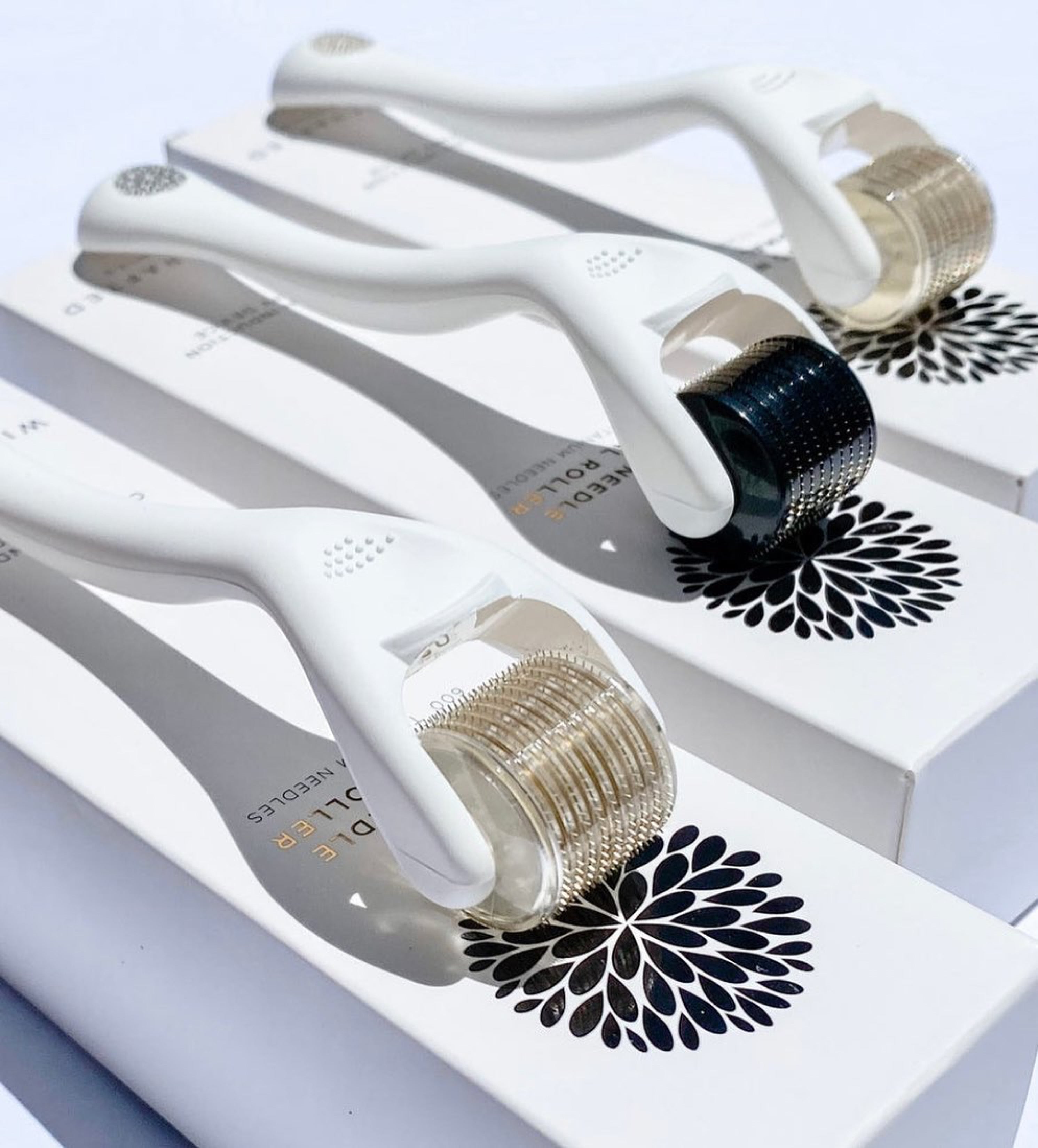
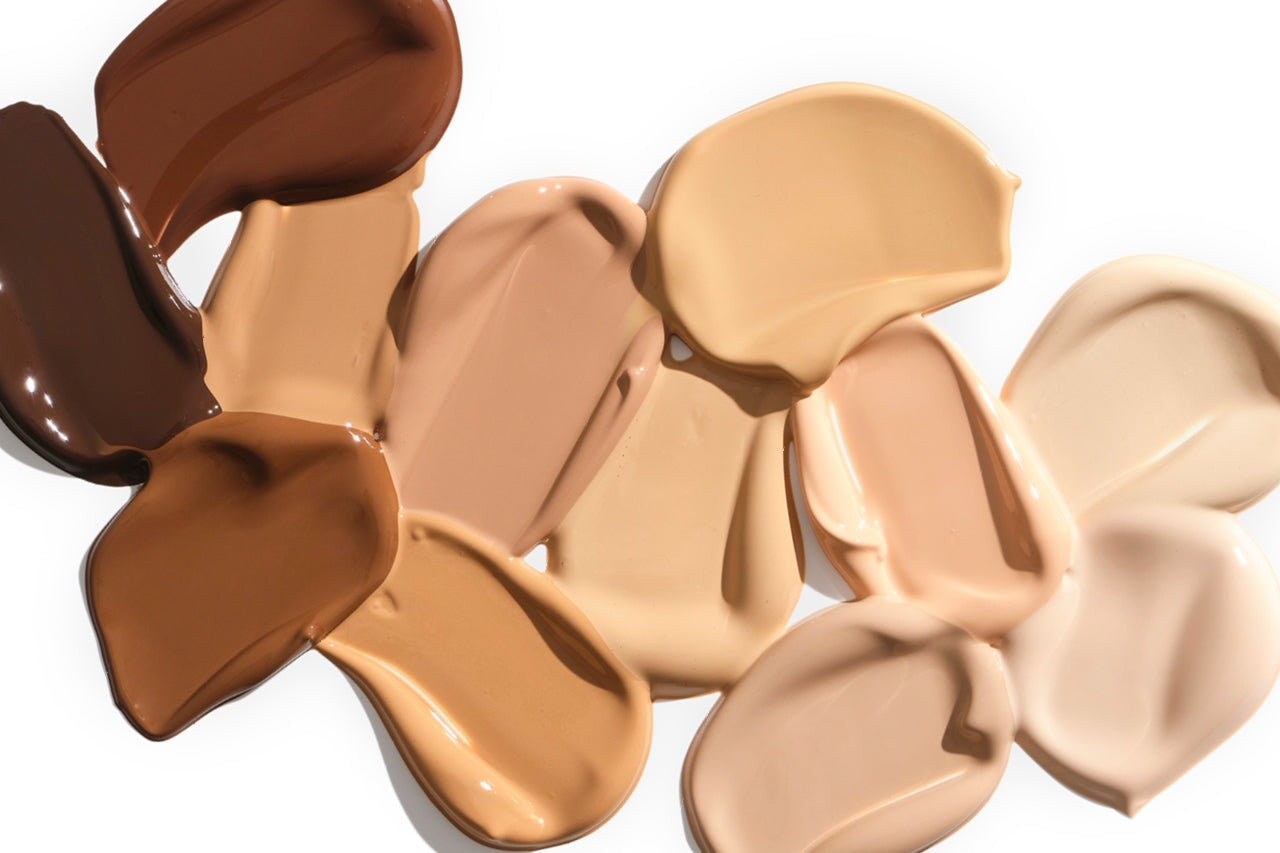
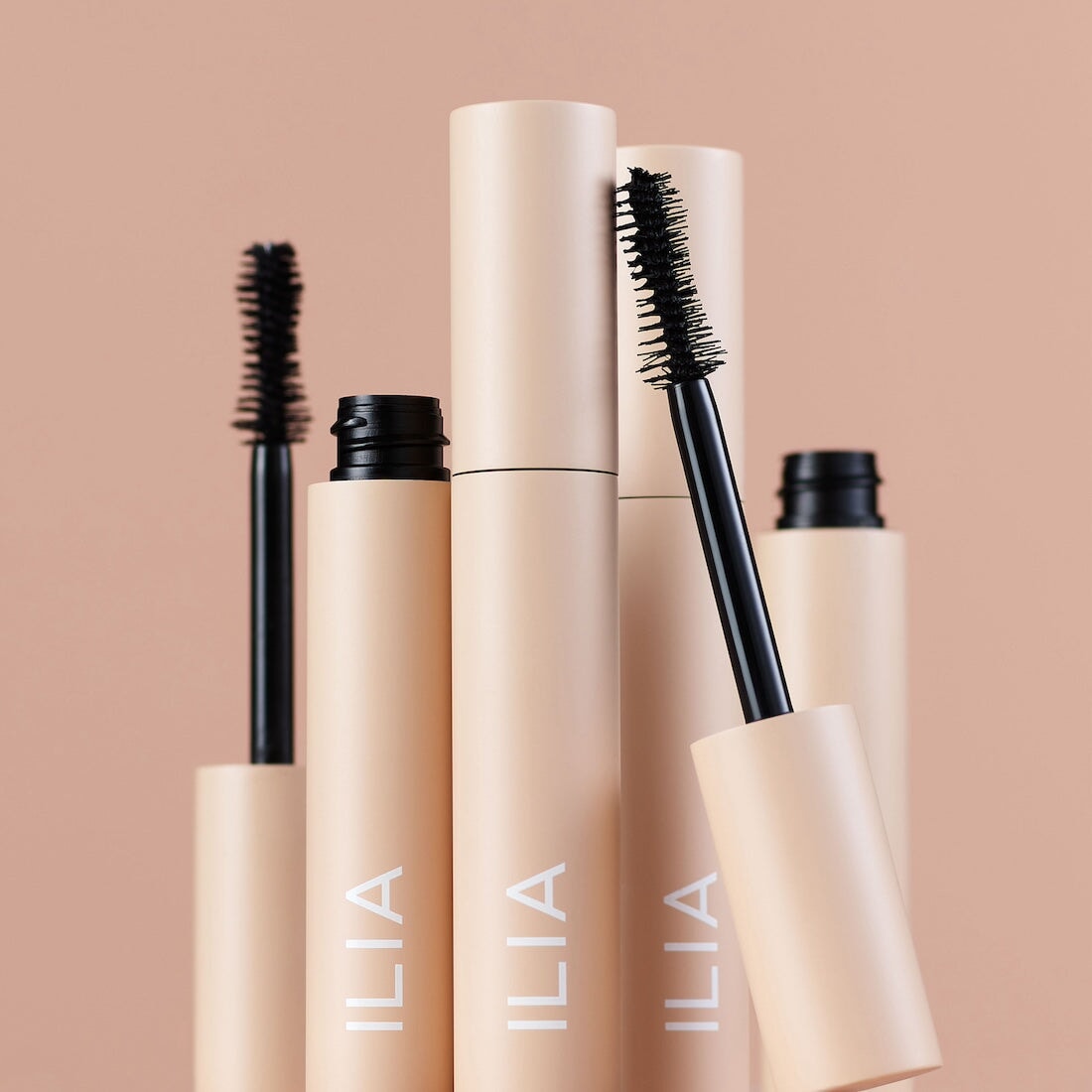
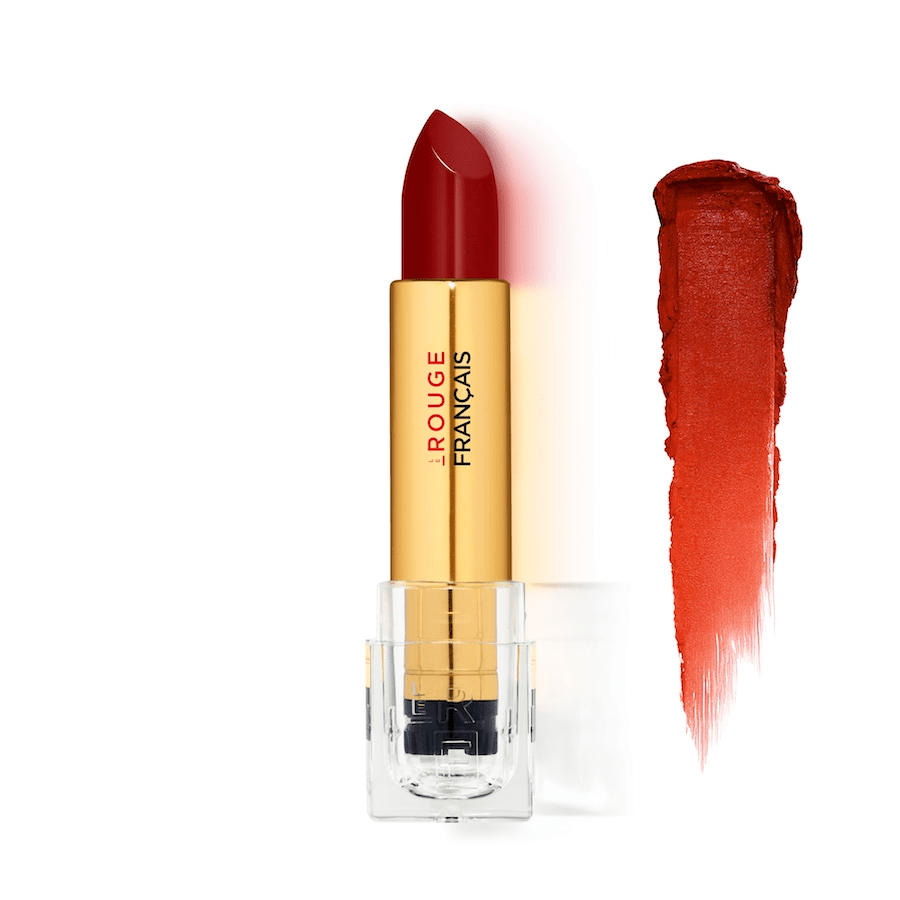
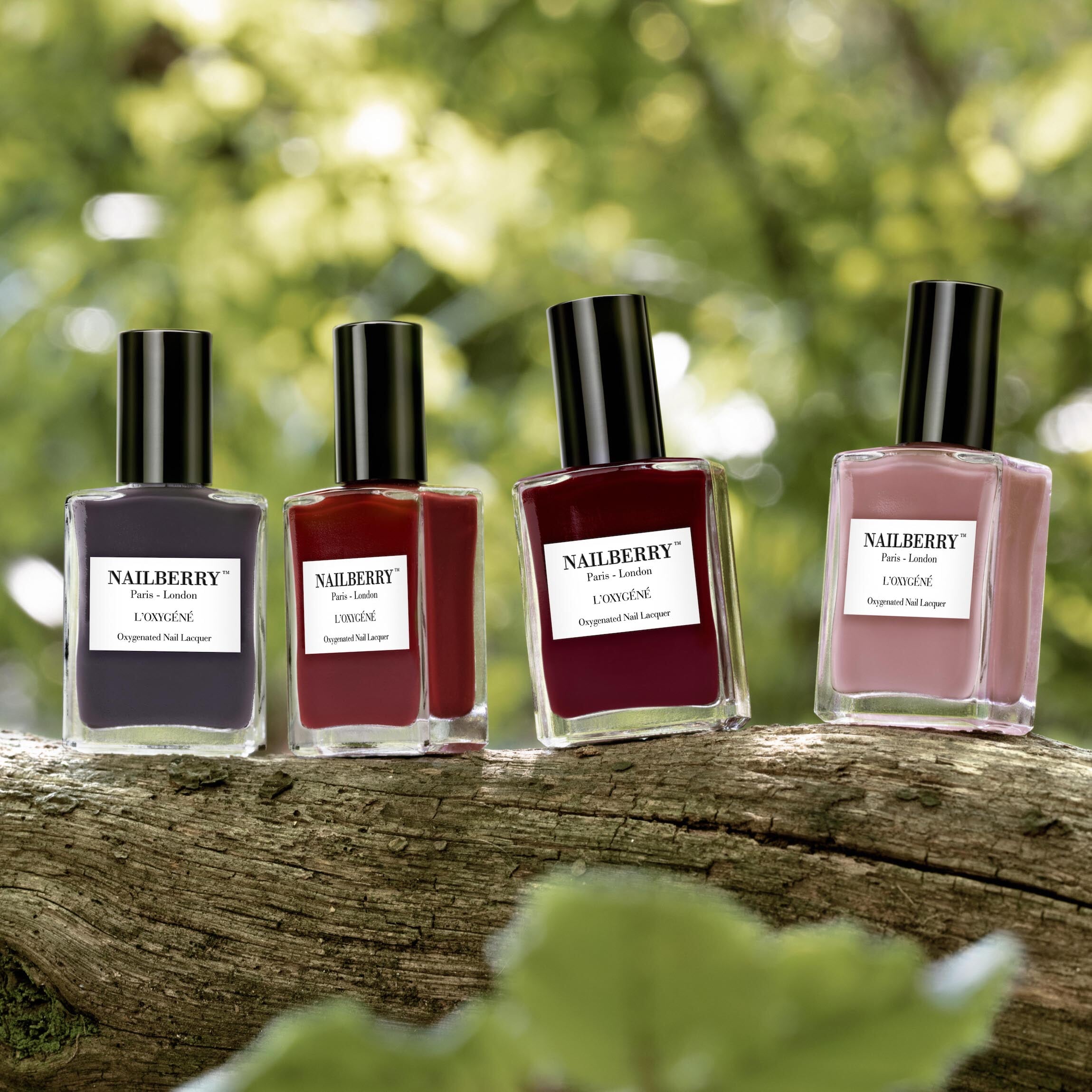
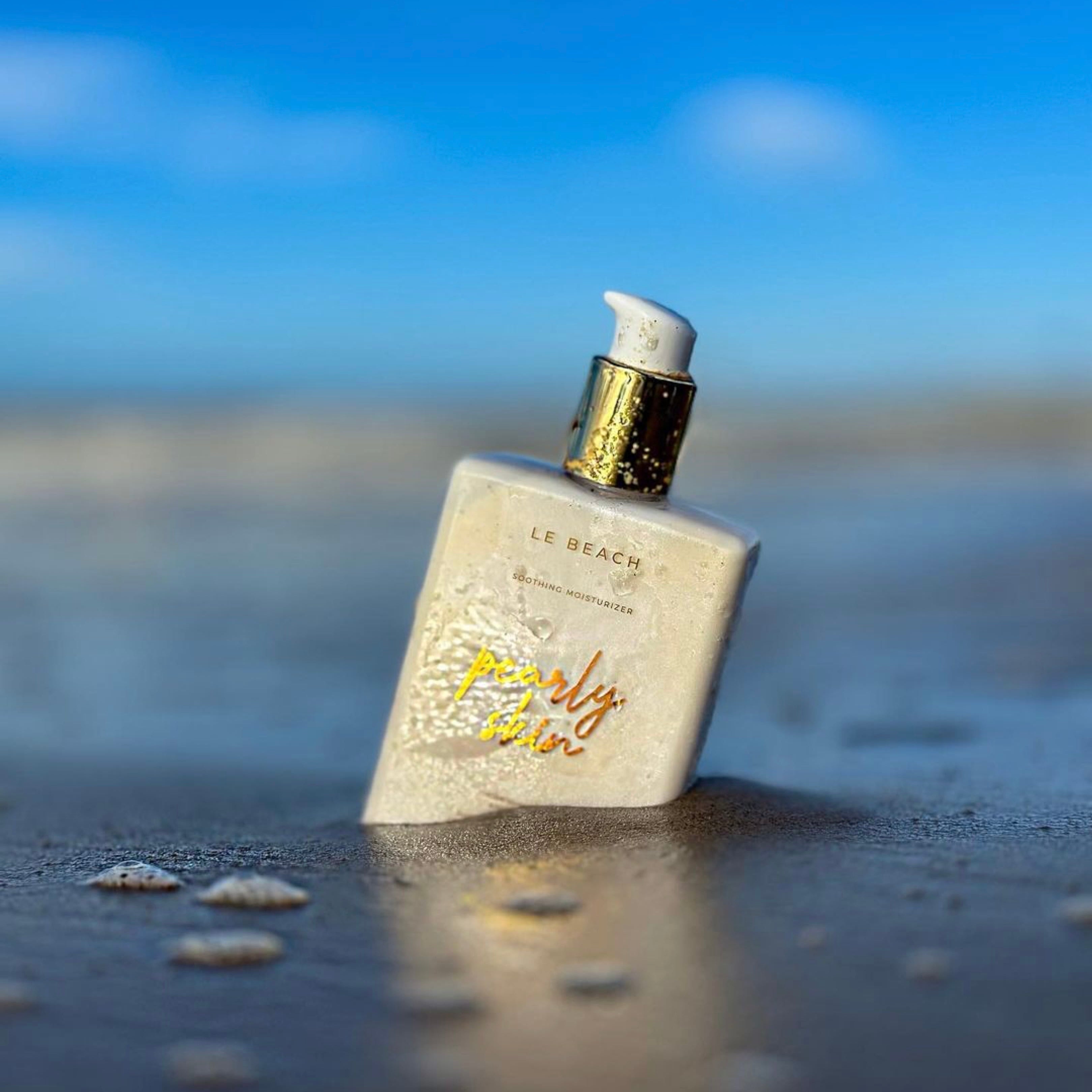
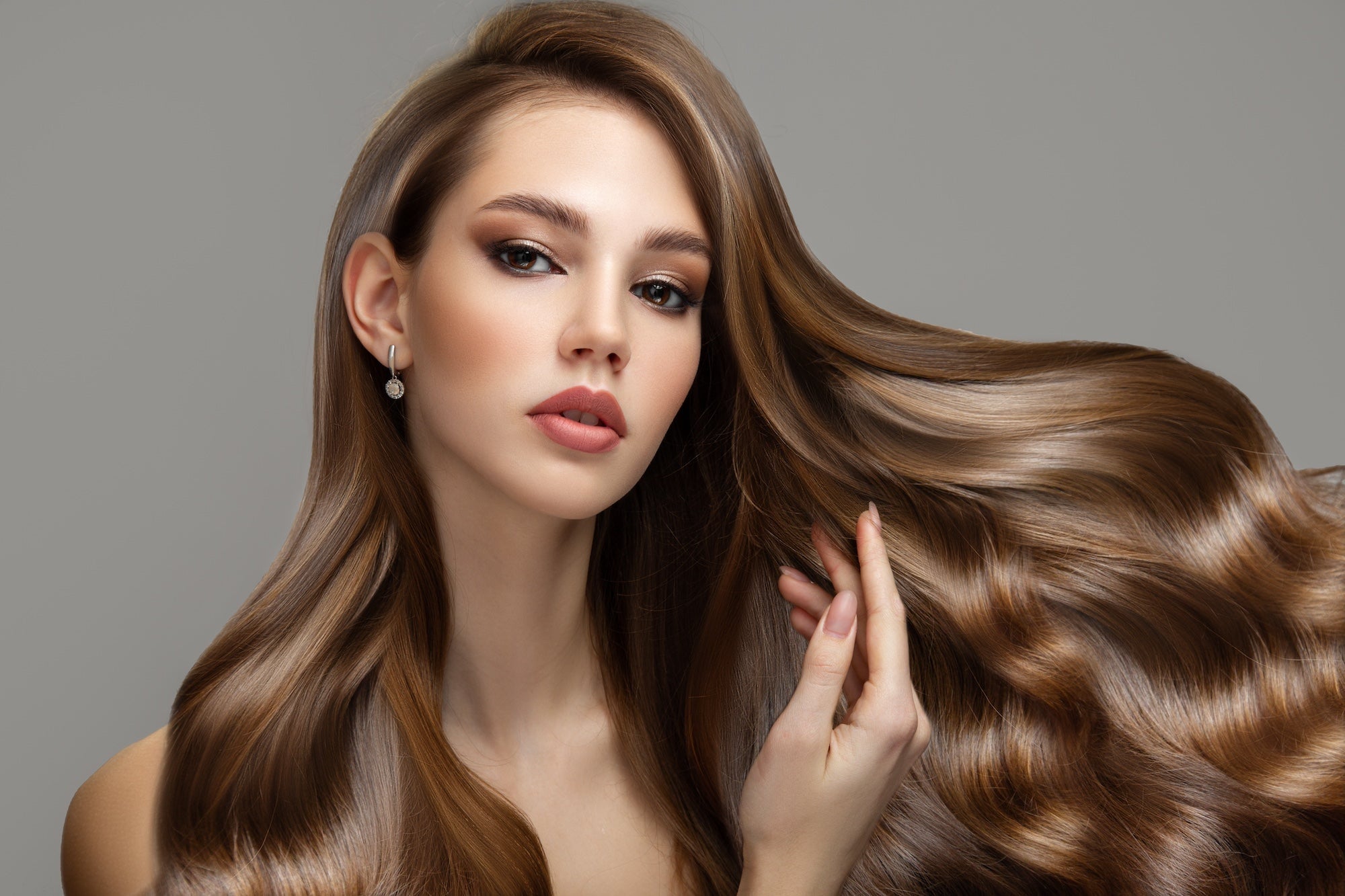

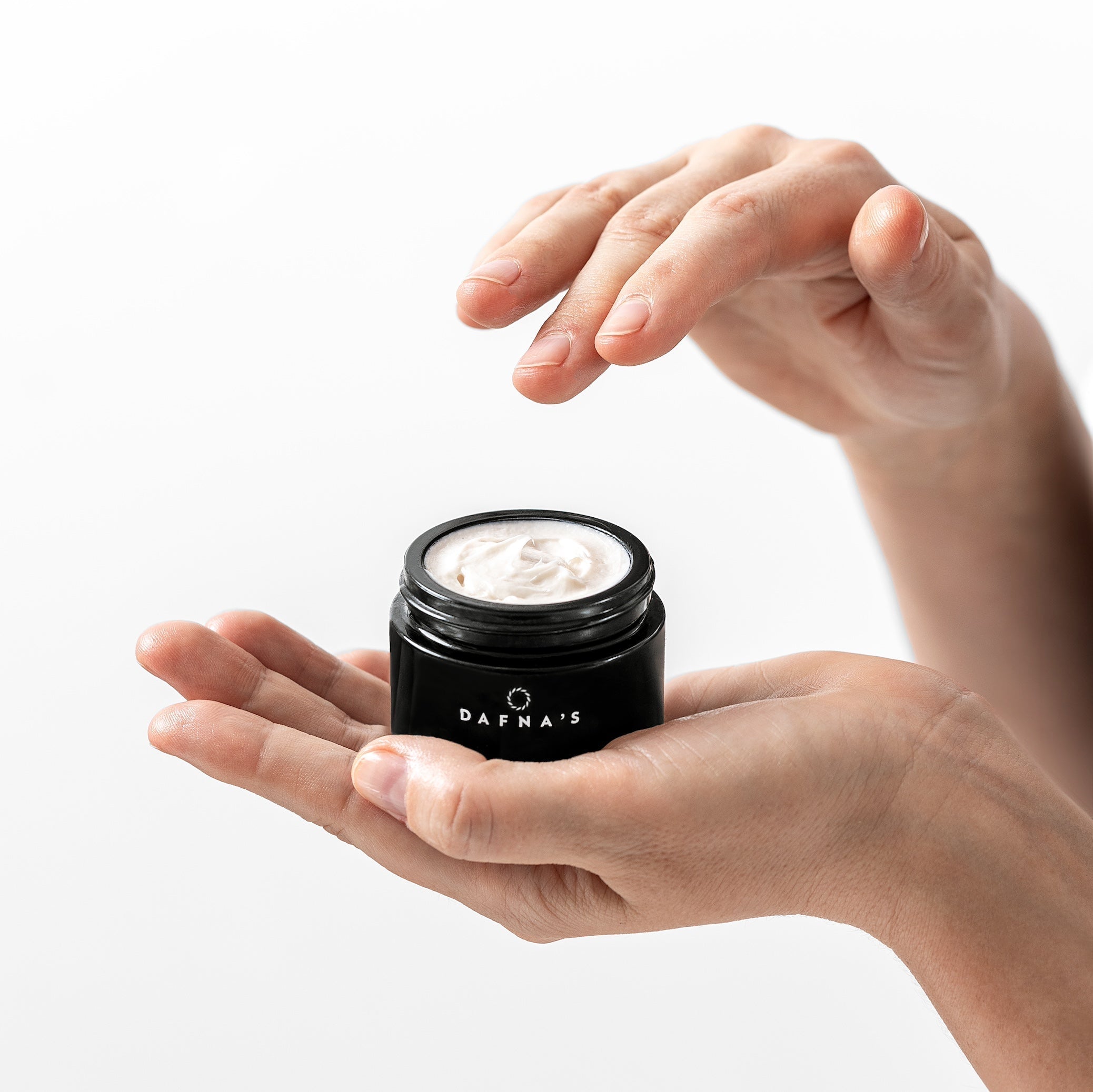

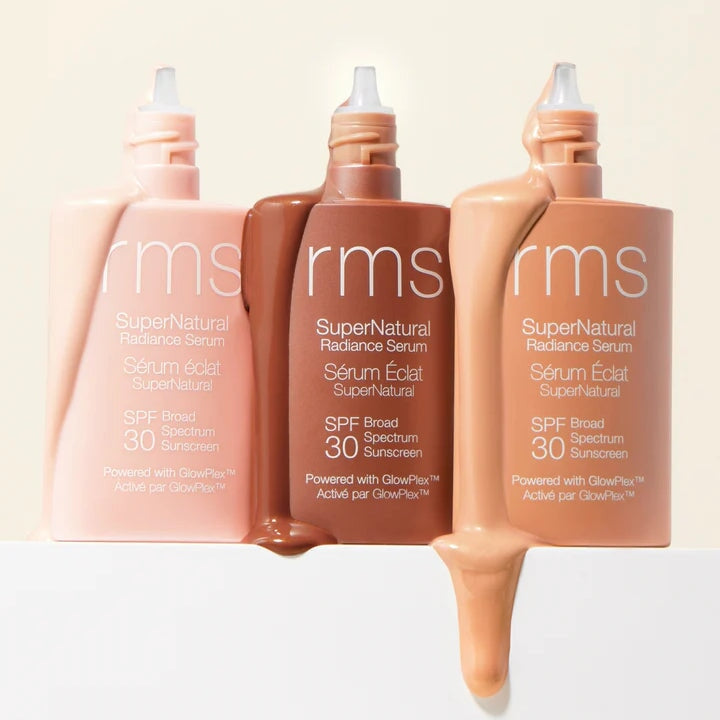

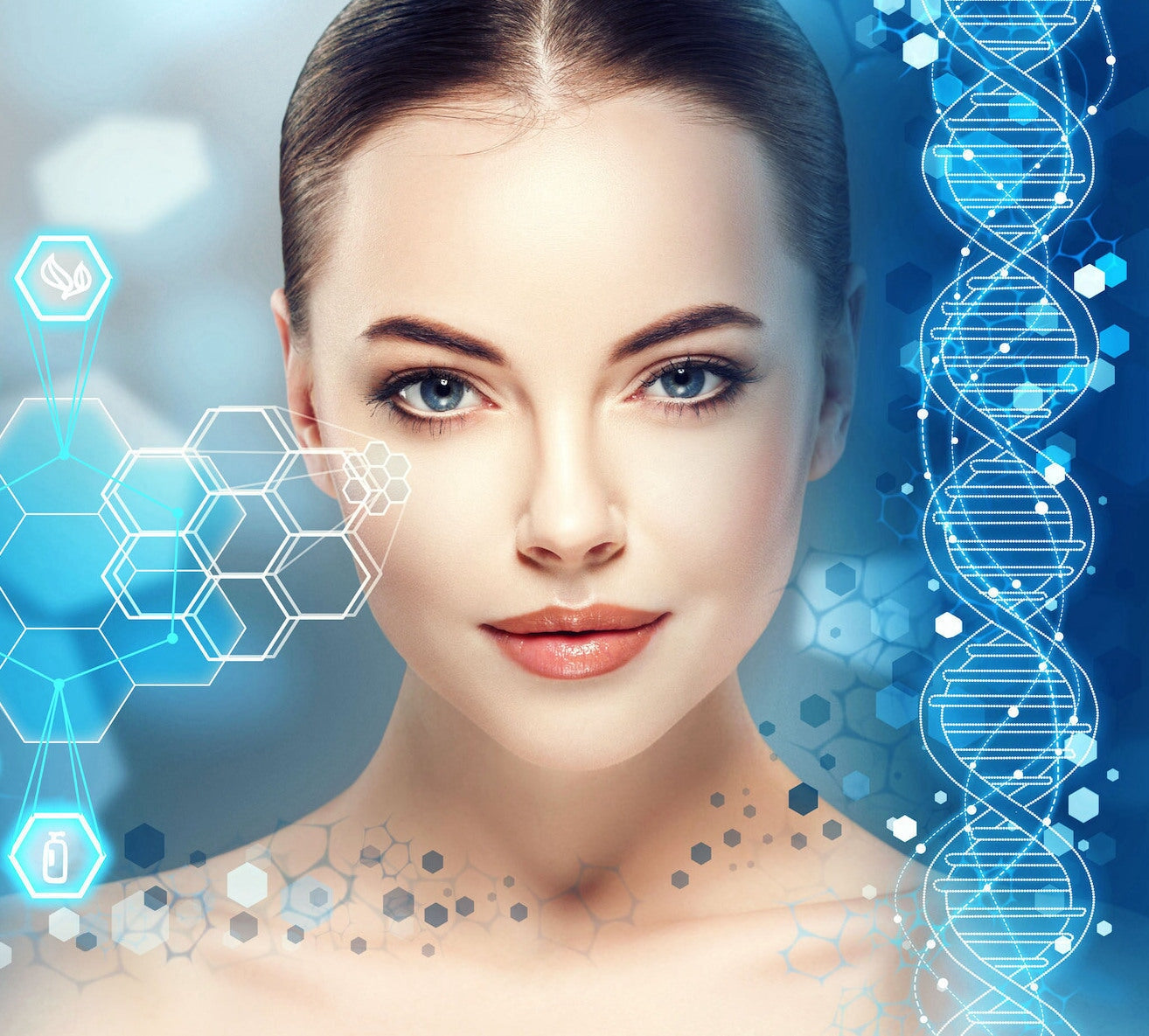




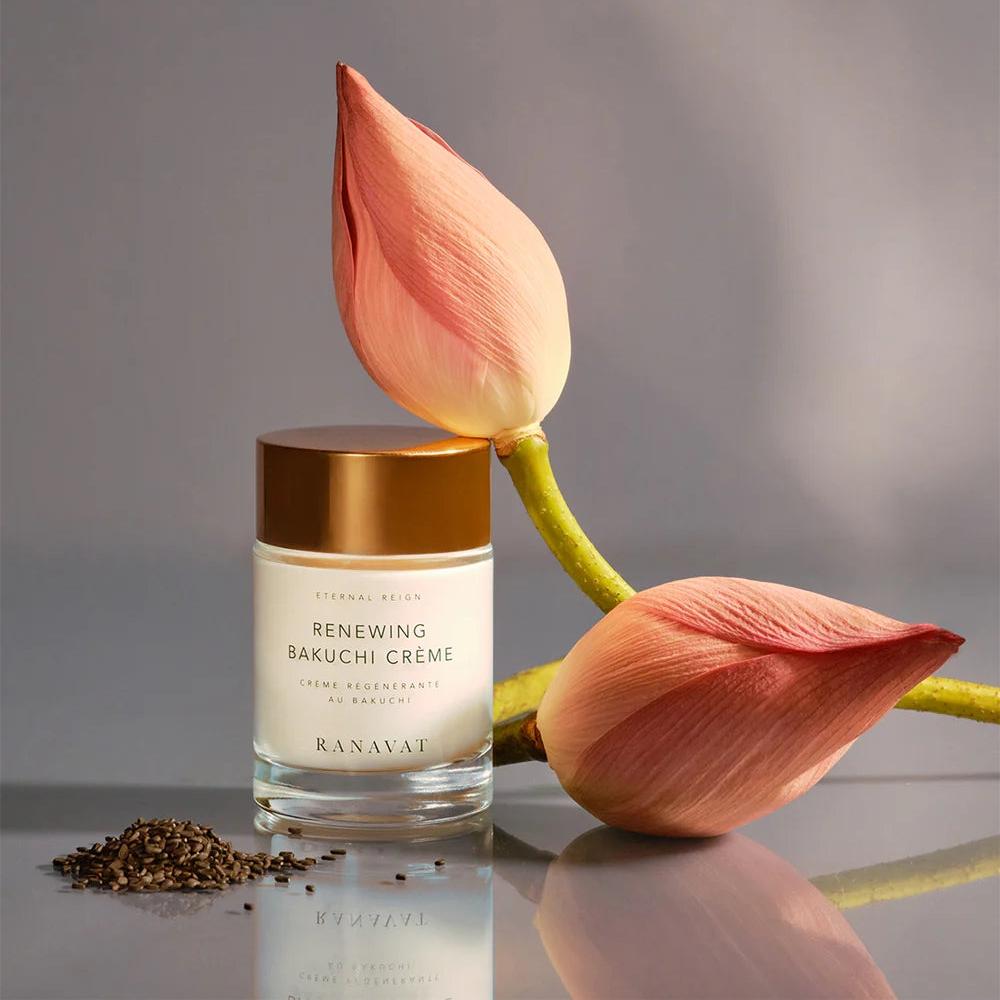
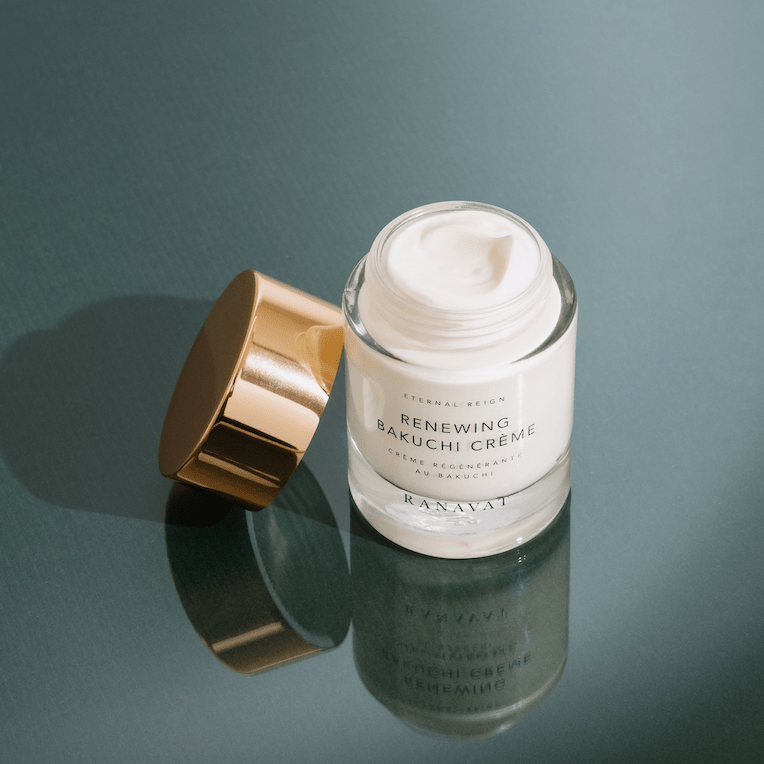


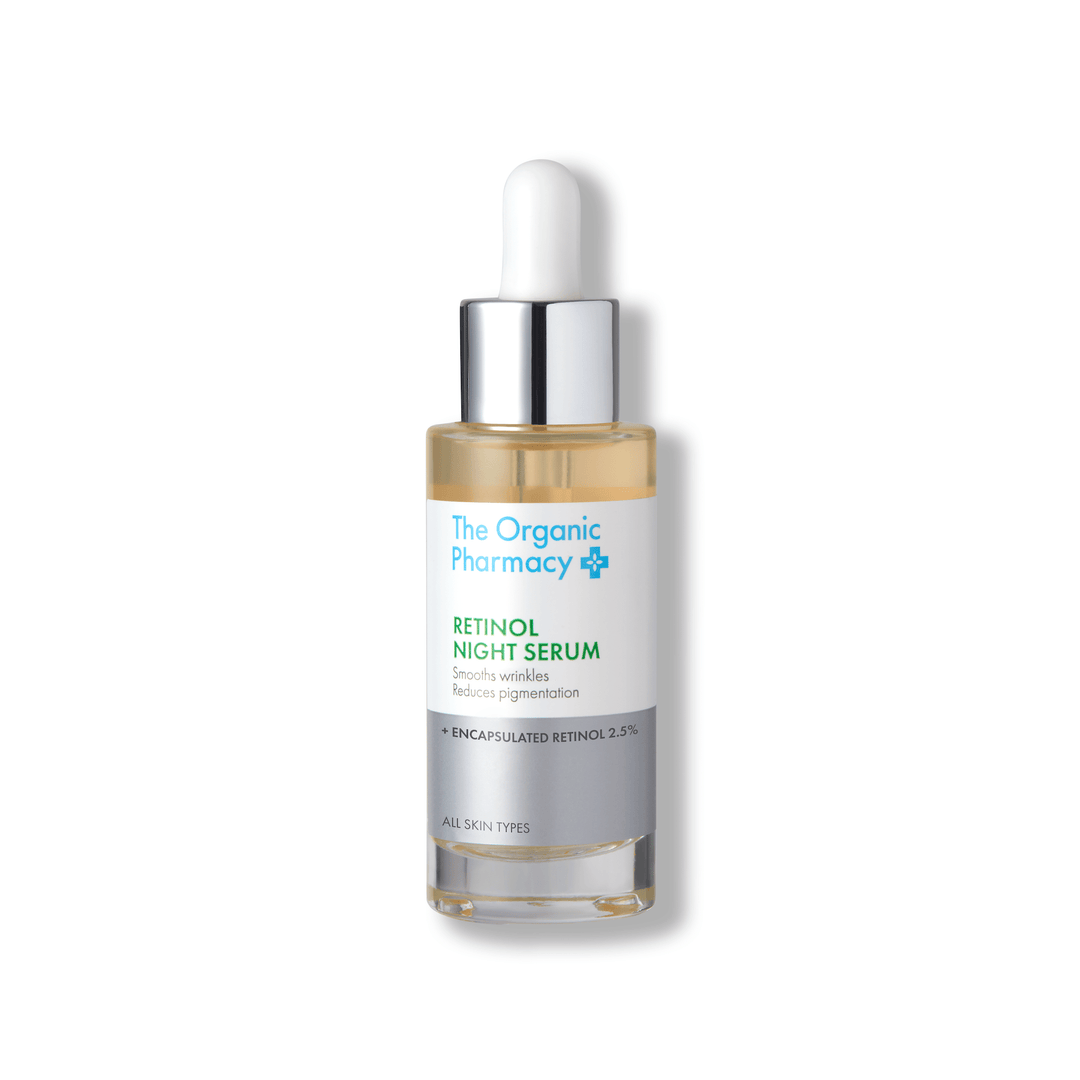
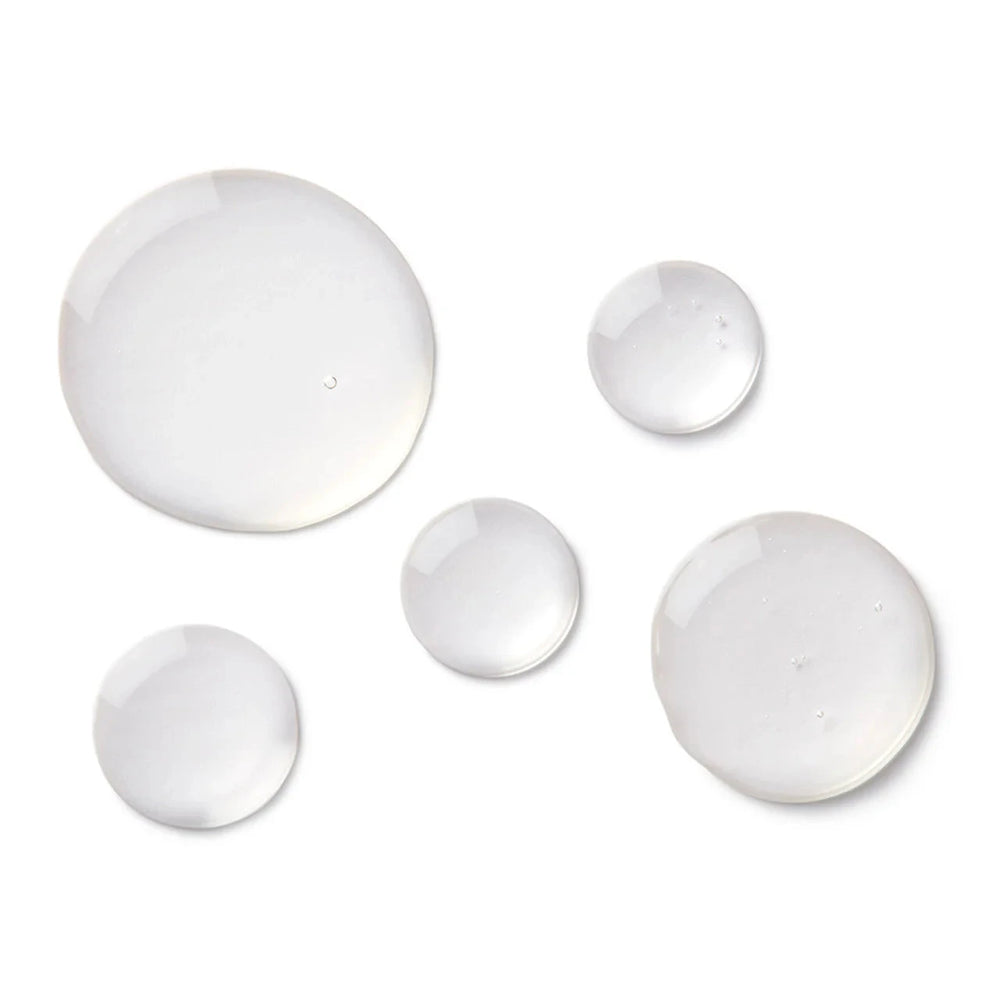

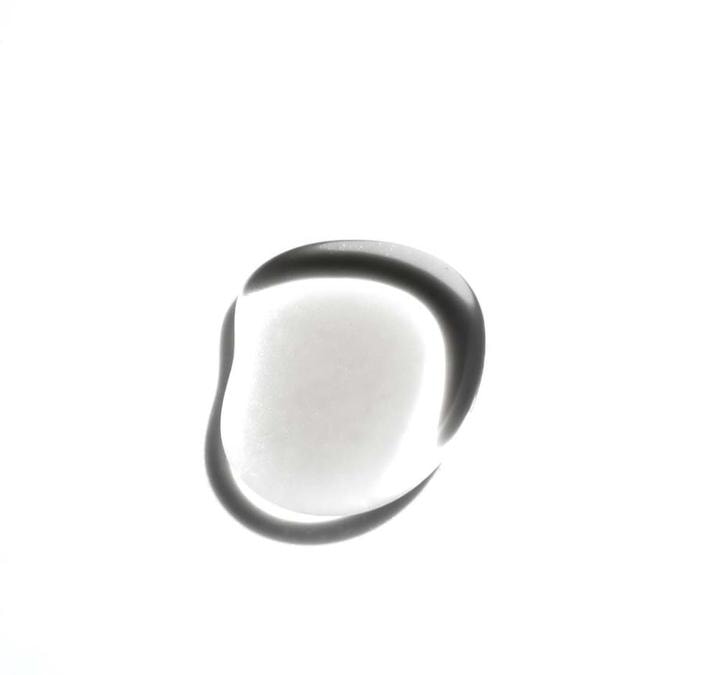


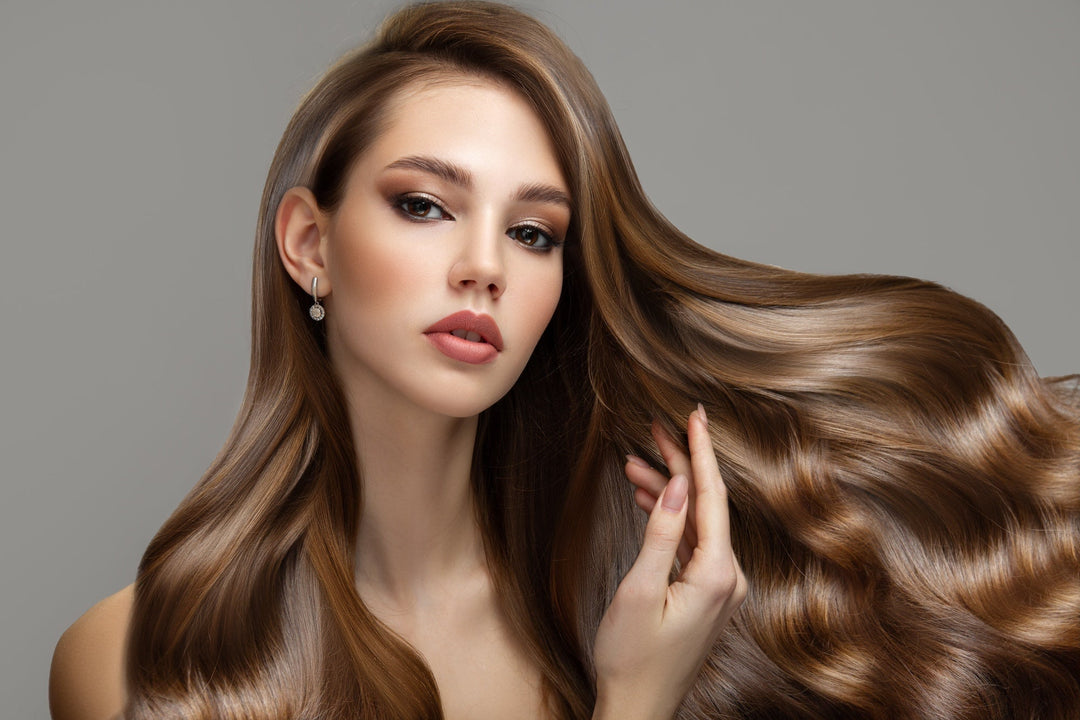
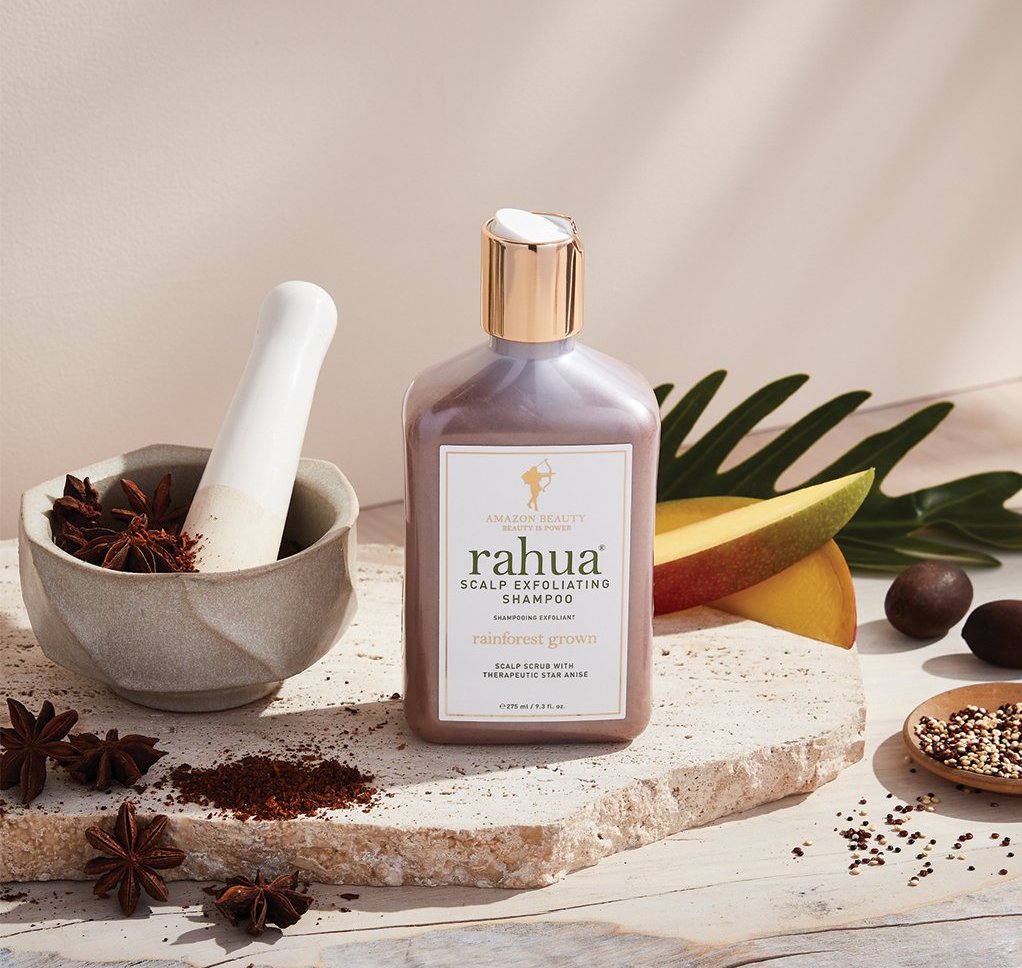
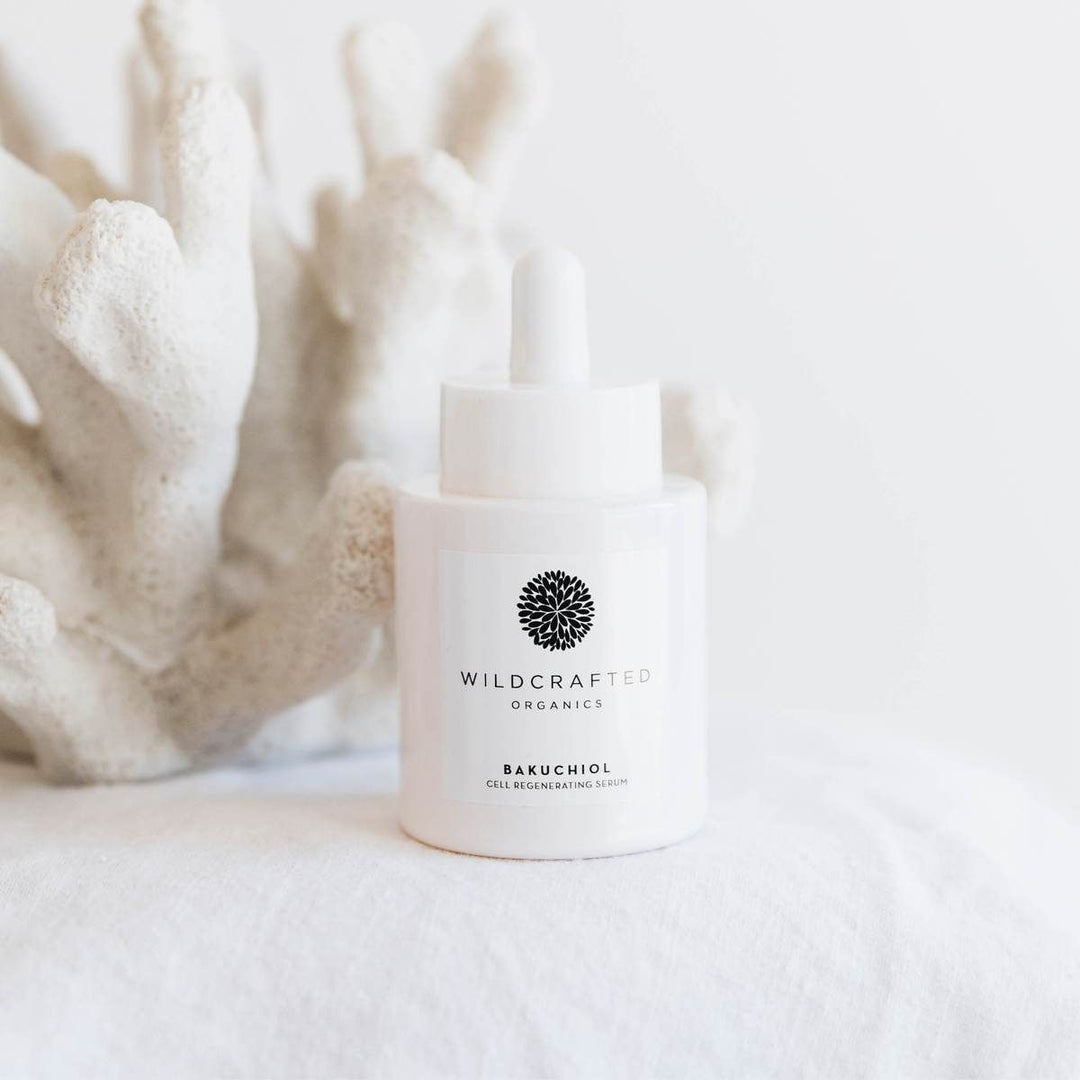
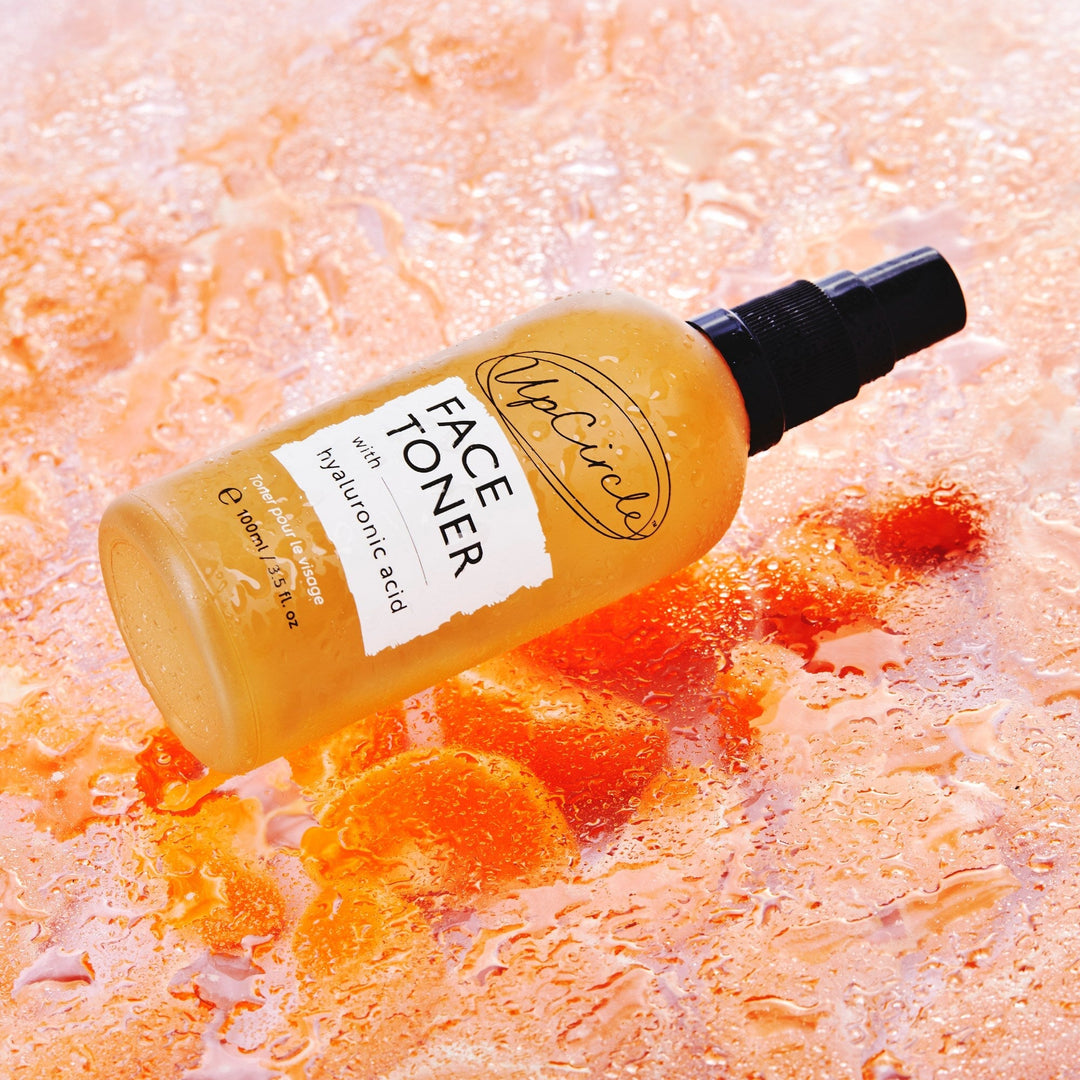
I like this post so much. It’s very interesting and didactic. One reflection: if the studies have shown results with 4 and 2% niacinamide, then L’elixir de puretè with 10% niacinamide is the bomb!!!😊😊 Thank you so much for this great job!!!😍😍
Vielen Dank für den super interessanten und informativen Beitrag 😊
Leave a comment